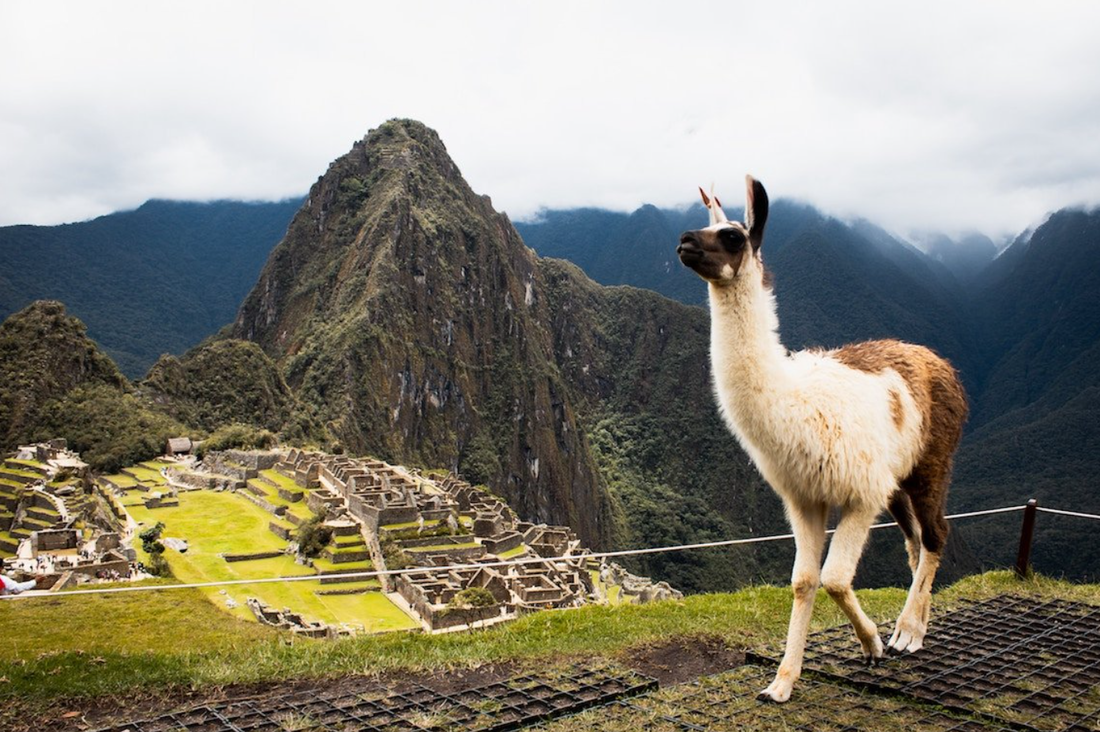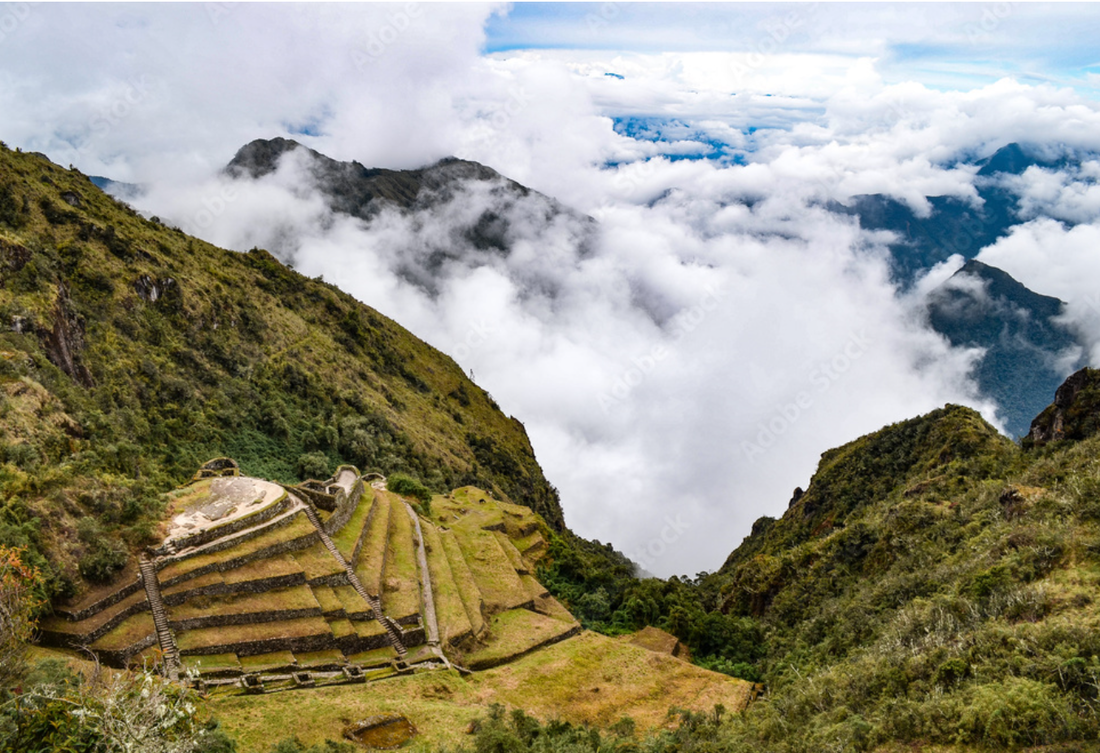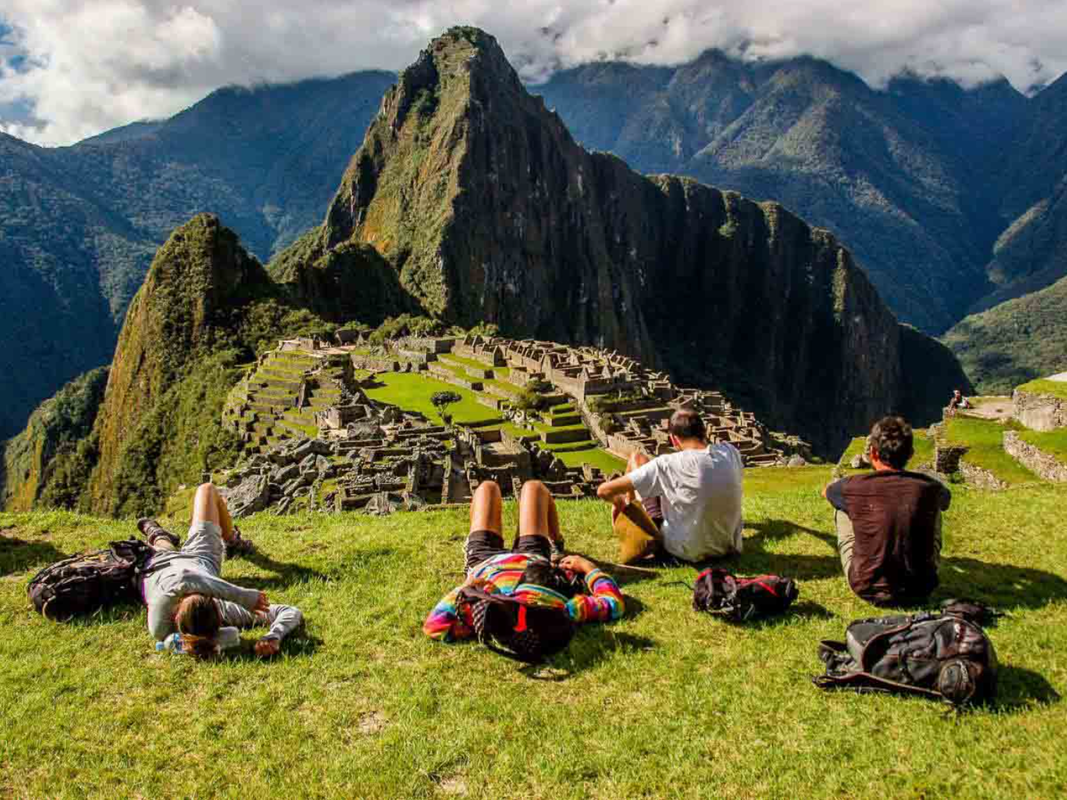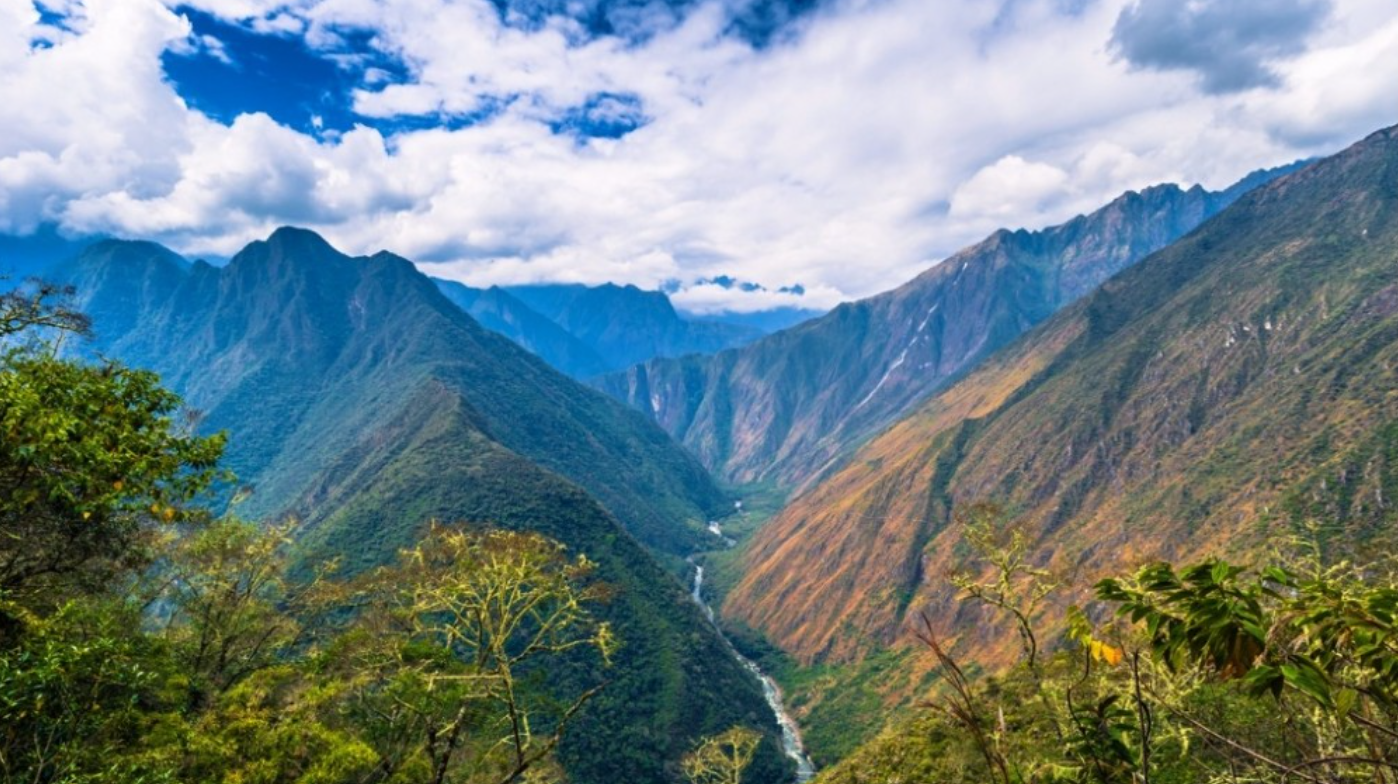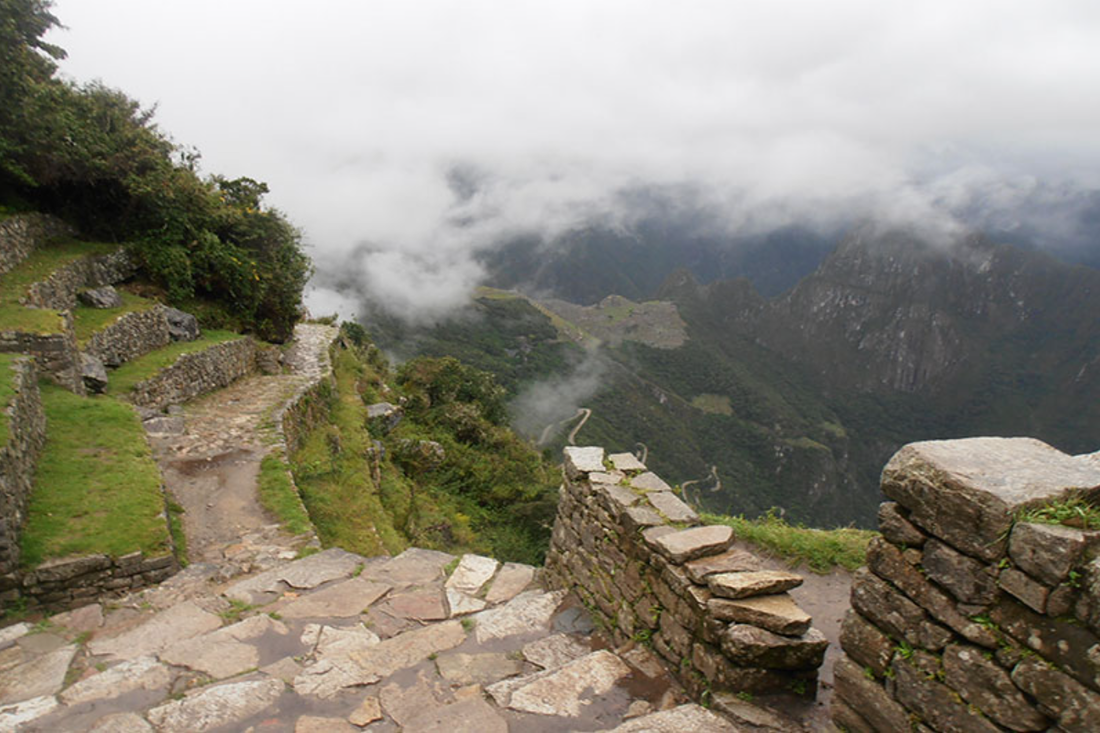5 Interesting Facts About Inca Trail
Written by Rolando Segovia
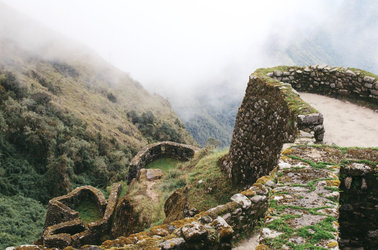
Located in Southern Peru, the Inca Trail is one of the most well-known trails in the world and possesses a strong appeal to hikers, backpackers, and history enthusiasts alike. This route reaches from the town of Ollantaytambo to Machu Picchu, which was a staple of the Incan Empire. It takes approximately four to five days to walk, although this can vary depending on the weather. The hike here provides a long challenge, but is full of lush weather, animals, and the opportunity to view a great historic monument that has become a cultural landmark for South America. With all of the unique aspects of this area, I’m proud to share with you five interesting facts about the Inca Trail that will pique your interest in this special pathway.
|
1. Lots of cool animals to find
While there are a lot of exotic animals at the zoo, interacting with them on the Inca Trail is a much better experience. According to the National Service of State Protected Natural Areas in Peru, there are about 423 bird, 53 mammal, 22 reptile, 13 fish, and 12 amphibian species. One of the most prestigious animals in the area is the Rupicola peruvianus, which is the national bird of Peru, its orange-red coat and silly appearance are sure to get your attention. The llama also played a critical role in the culture of the Incas, since they did not have many domesticated animals. Which is why the llamas were useful in providing clothes and helping in producing fertilizer for their crops, and sacrifices. With all of the diversity of animals in the area, you are guaranteed to have a unique experience. |
|
2. You could set up camp in the clouds
Have you ever wanted your camping experience to have a great view? Well, the Phuyupatamarca Camp is an interesting camping spot because it is located high up in the clouds. Phuyupatamarca is estimated to have an altitude of 3670 meters above sea level, giving the camping site a great view above the clouds to watch the sun rise in the morning and take breathtaking pictures. It’s certainly important to carefully watch your step. This camp also has a strong level of historical appeal, because it’s also possible to get a good view of the Wiñaywayna and Intipata ruins, where you can see beautiful platforms and plants from a distance. So if you’re looking for a camping site that’s extreme as well as having a view of the area, Phuyupatamarca is a great choice. |
|
3. Reservations are limited
Normally you would think that you could just walk around the area freely like a typical park, but that’s not the case with the Inca Trail. Many reservations are often made months, or even years in advance, due to the high number of other workers, guides, and tourists having to occupy the area. Even if one were to be familiar with the area, there are cooks and porters that are necessary for the journey. While the general cost of a tour is around $500 per person, the prices can vary. Regardless of the planning and price, going on an Inca Tour is an expensive commitment that is very much worth the struggle. |
|
4. The highest point of the Inca Trail
We talked about what is seen in the area, making a reservation, but what about one of the destinations? The Dead Woman’s Pass is the highest point of the Inca Trail, according to sources, it reaches up to 4,215 m (13,000 ft.) It’s named this because of the shape of the mountains and rocks that can form the silhouette of a woman. It’s a big challenge for hikers, because the higher altitude could make it harder to breathe. So it would be wise to have materials to combat the changing weather conditions including, rainfall, altitude sickness, and constant temperature changes from hot to cold. But there’s one great thing to look forward to, you can marvel at the fact that the hike should be easier once you’ve cleared Dead Woman’s Pass. |
|
5. The Trail leads to the Sun Gate overlooking Machu Picchu
Considering how the goal of the Inca Trail leads to Machu Picchu, it’s great to know that there's another option. The previous entry explained what is the highest point of the Inca Trail as a whole, but another highlight of this area is the Sun Gate that overlooks Machu Picchu itself. While it is only located on the side of Macchu Picchu, the altitude is around 290 m (951 ft.) and it’s estimated to take at least 1–2 hours to reach the top. Despite the long walk, you’ll be able to see a beautiful view of the mountains and Machu Picchu once you reach the Sun Gate, making it a great alternative route. |

